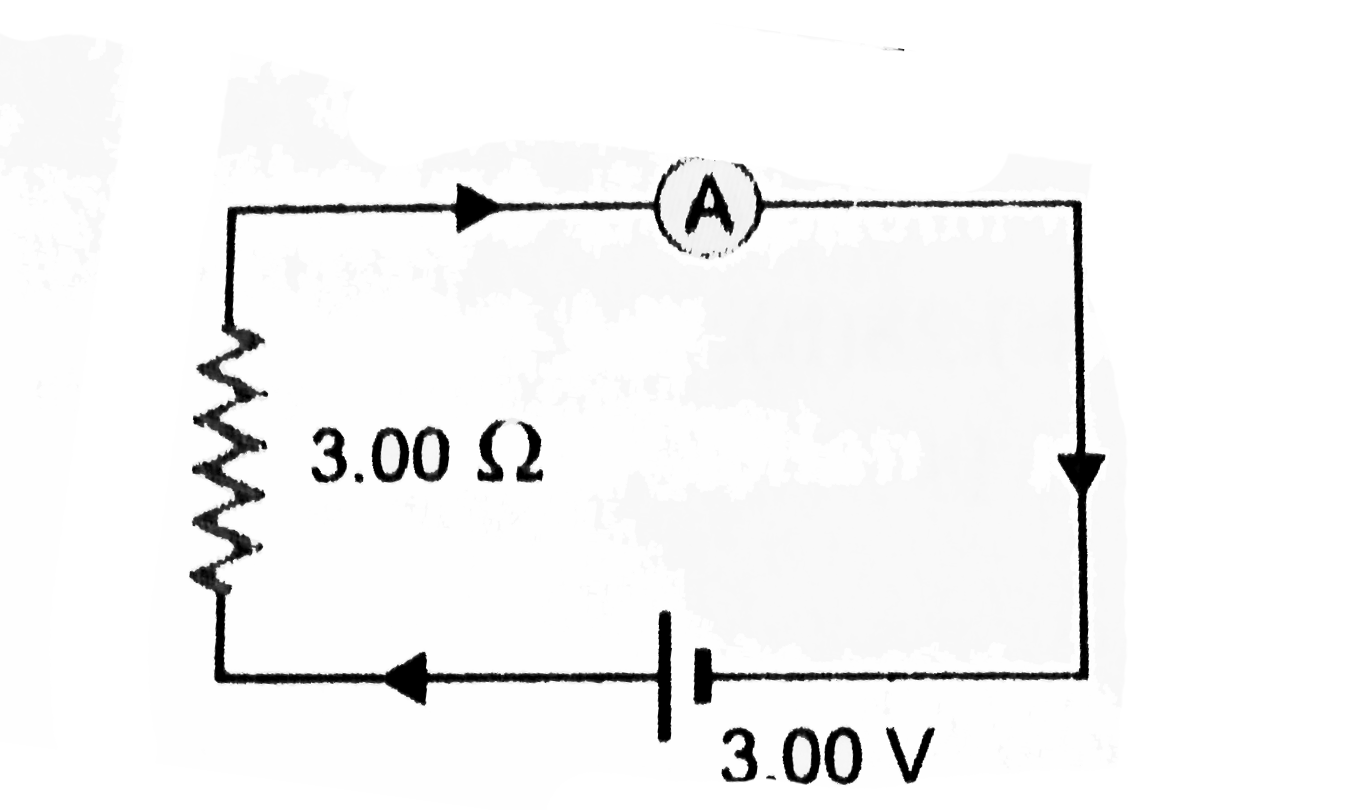How is a galvanometer converted into an ammeter? Why parallel resistance is smallerthan galvanometer resistance? Explain.
Shunt resistance
Current Loop
Solenoid
None of the above
The correct Answer is:A
Galvanometer can be converted into ammeter using shunt resistance.
Similar Questions
State how a moving coil galvanometer can be converted into an ammeter.
View Solution(A) : If a galvanometer is converted into an ammeter and a milliammeter then the shunt resistance of ammeter is lower than that of milliammeter.
(R) : In Ammeter the current through shunt is less than that of galvonameter as compared to the case of milliammeter.
View Solution
Knowledge Check
A galvanometer can be converted into an ammeter by connecting
Alow resistance In parallelBlow resistance In seriesChigh resistance In parallelDhigh resistance In series
(a) Briefly explain how a galvanometer is converted into an ammeter.
(b) A galvanometer coil has a resistance of 15Ω and it shows full scale deflection for a current of 4 mA. Convert it into an ammeter of range 0 to 6 A.
View SolutionTwo identical galvanometers are converted into an ammeter and a milliammeter. If the shunt, which has more resistance, the current passing through the coil will be
View SolutionIn the circuit shown in figure, the current is to measured. What is the value of the current if the ammeter shown (i) is a galvanometer with a resistance RG=60⋅00Ω. (ii) is a galvanometer described in (i) but converted to an ammeter by a shunt resistance rs=0⋅02Ω, (iii) is an ideal ammeter with zero resistance?

View SolutionSTATEMENT-1 : Galvanometer can be converted into voltmeter by connecting a large shunt in its series.
STATEMENT-2 : Galvanometer can be converted into an ammeter by connecting a small shunt in its parallel.
STATEMENT-3 : Galvanometer cannot be converted into voltmeter or ammeter.
View SolutionDistinguish between Galvanometer and ammeter
View SolutionA moving coil galvanometer is converted into an ammeter reads upto 0.03A by connecting a shunt of resistance 4r across it and ammeter reads up 0.06A, when a shunt of resistance r is used. What is the maximum current which can be sent through this galvanometer if no shunt is used ?
View SolutionA galvanometer (coil resistance 99Ω.) is converted into an ammeter using a shunt of 1Ω and connected as shown in figure (a). The ammeter reads 3A. The same galvanometer is convened into a voltmeter by connecting a resistance of 101Ω in series. This voltmeter is connected at, shown in figure (b). Its reading is found to be 45 of the full scale reading. Find :
(a) internal resistance r of the cell
(b) range of the ammeter and voltmeter
(c) full scale deflection current of the galvanometer.

View Solution
